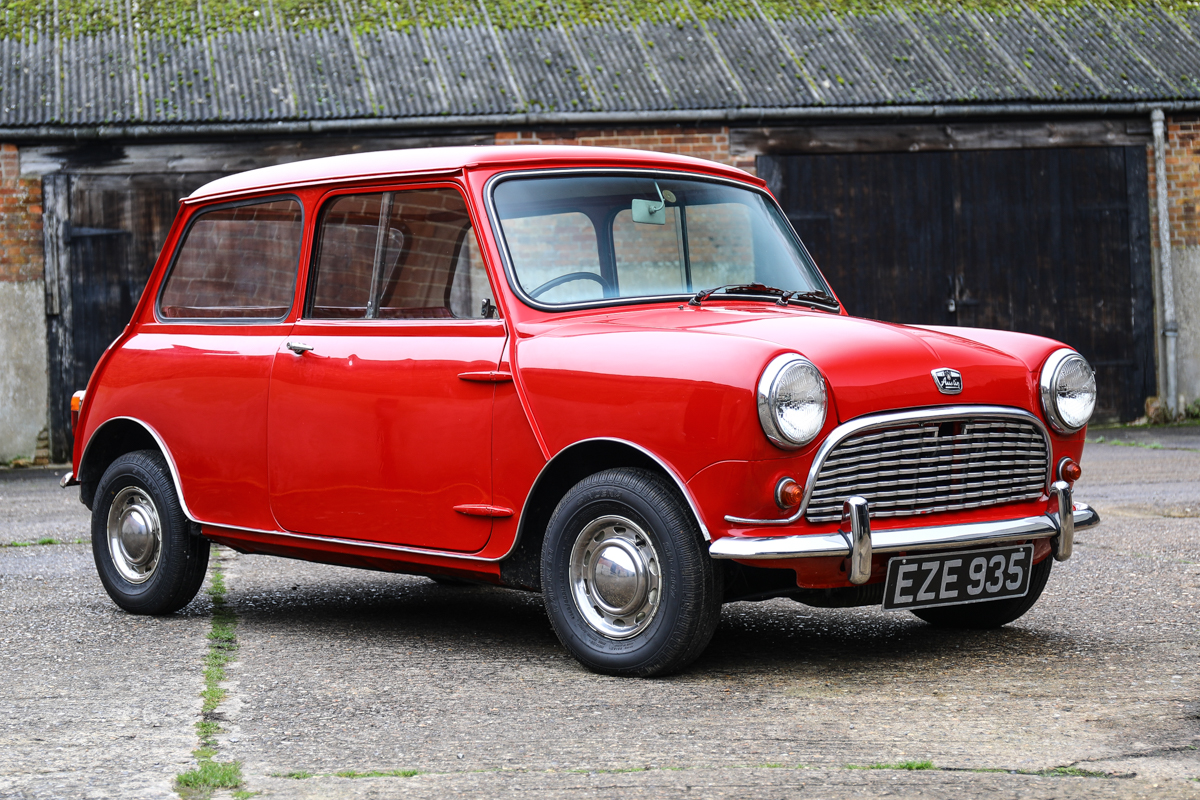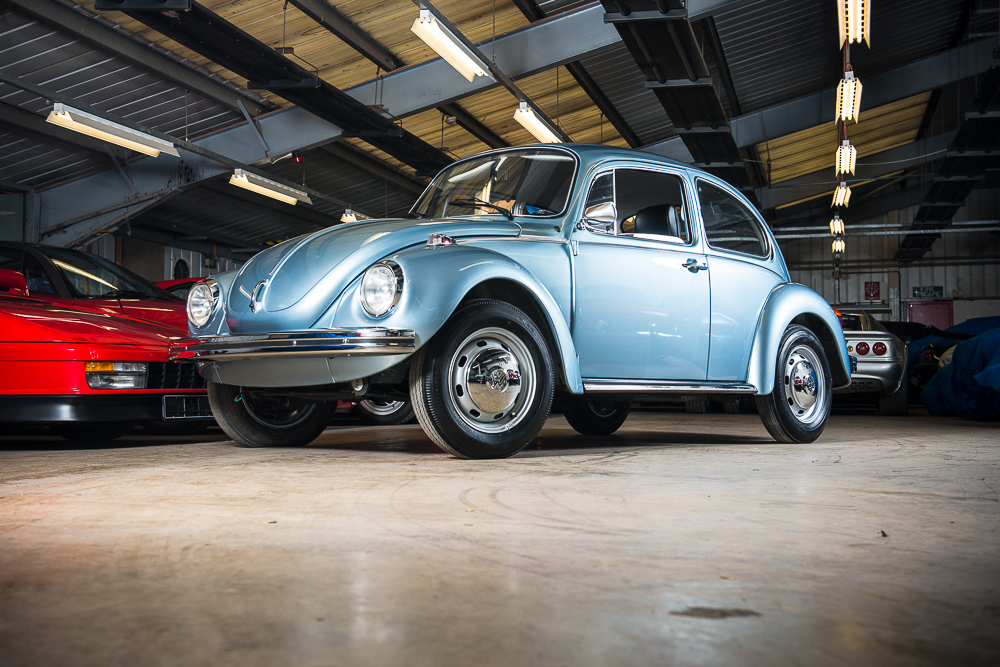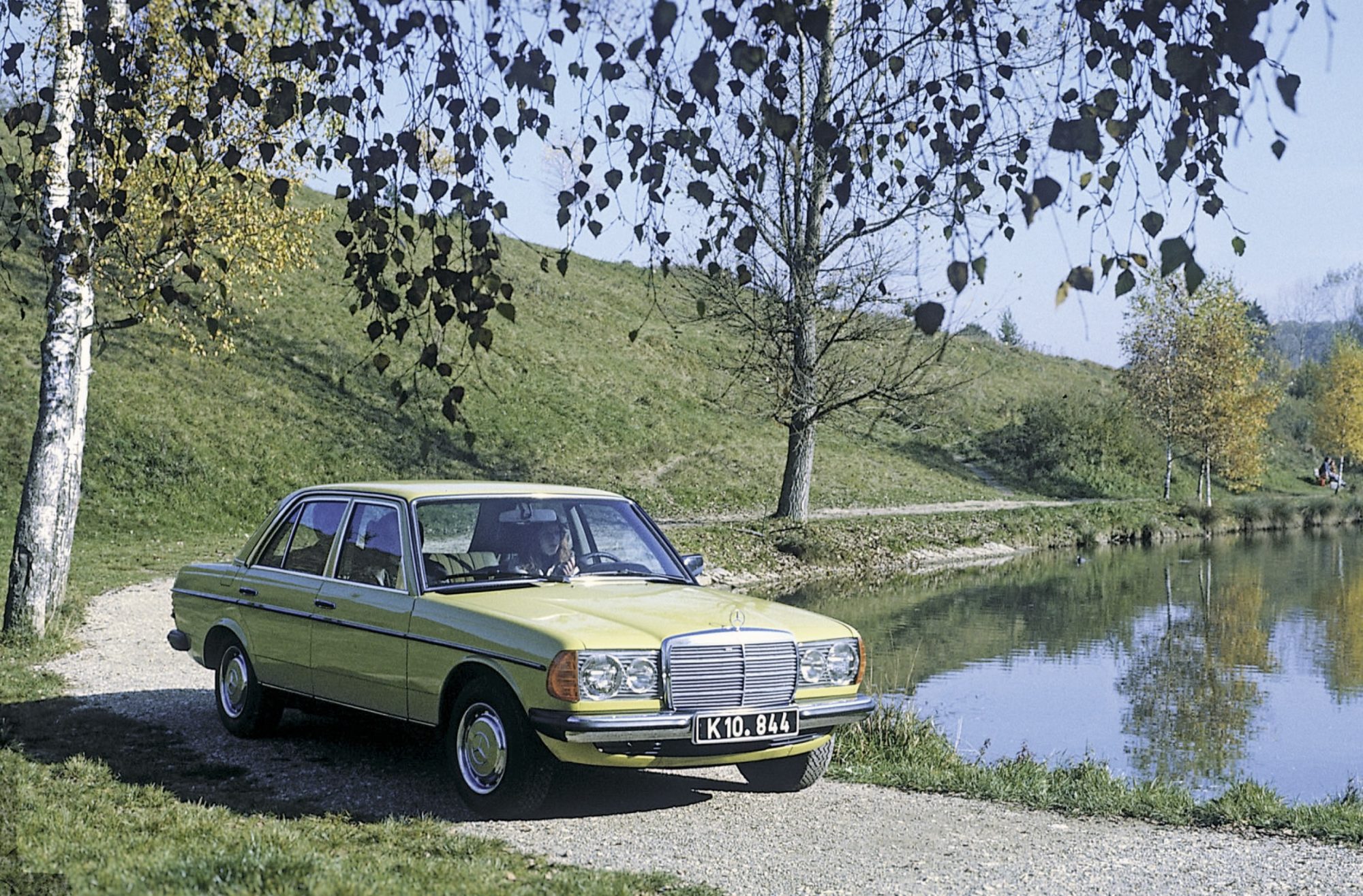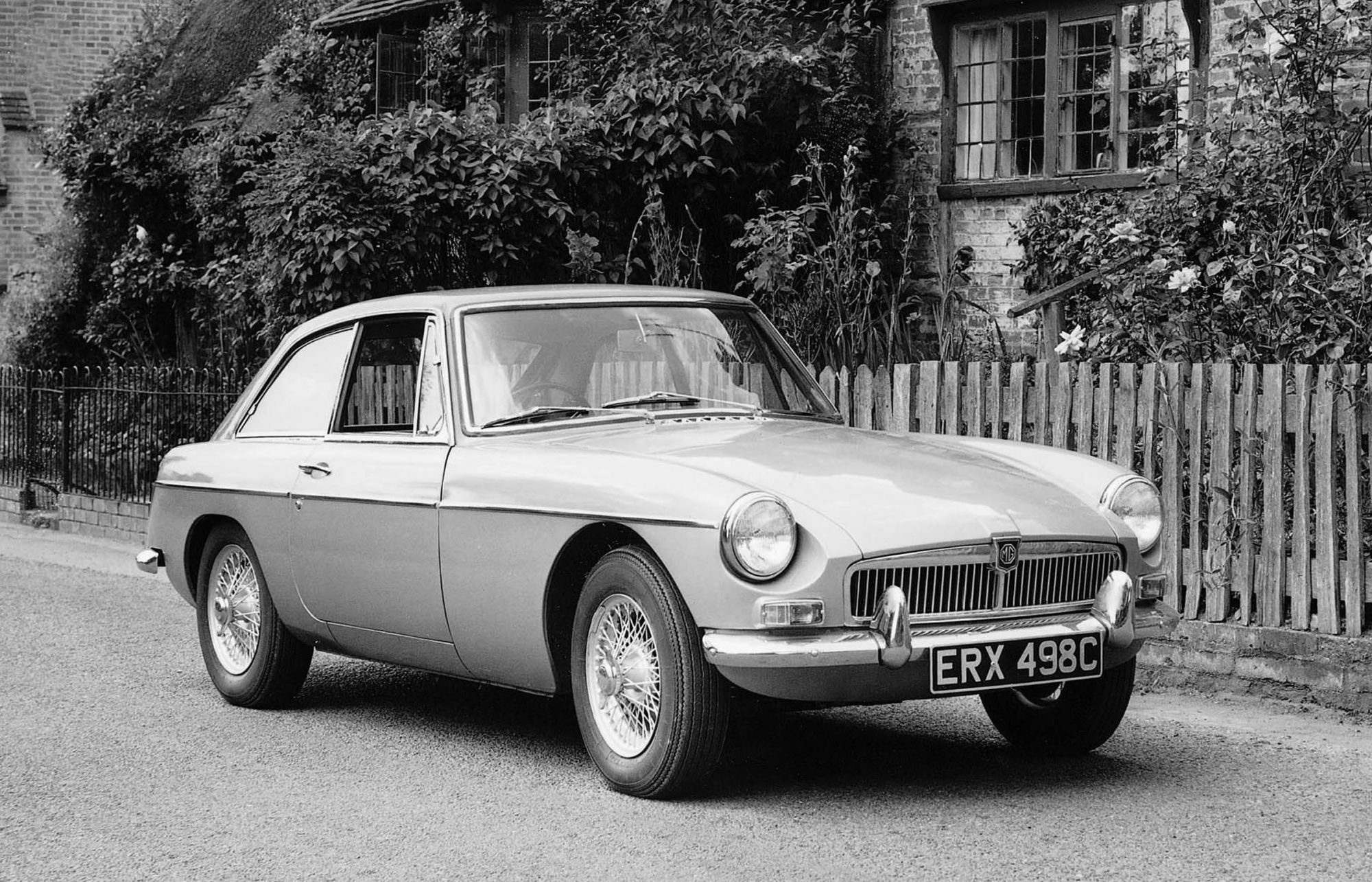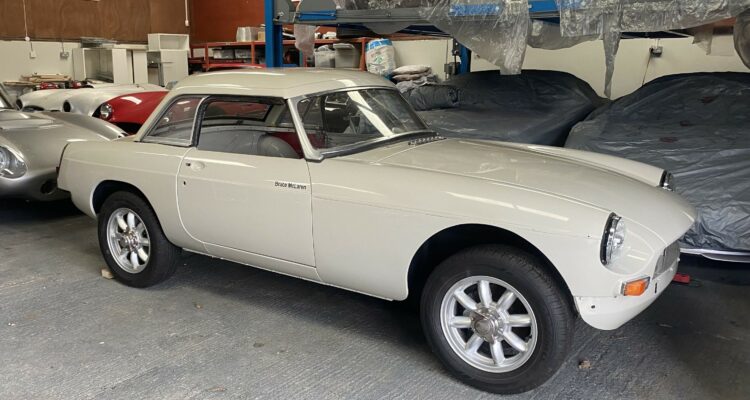Five Perfect Starter Classics
Does the classic car world fill you with intrigue and excitement? Do you want a slice of the action? If so, these are the cars for you...
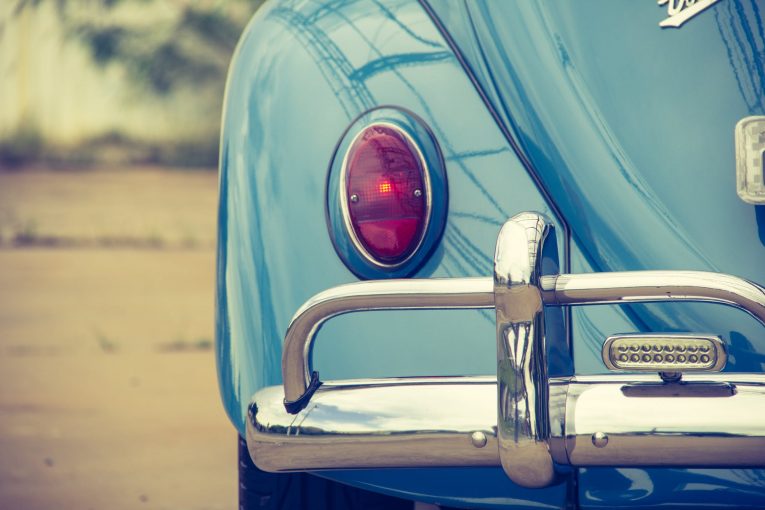
The classic car world is, to say the very least, vast. Filled with cars from every decade, built to suit every possible vehicular need, the choice is overwhelming. And that’s the case if you’re a seasoned classic car owner. If you’re new to the fold, the selection can, frankly, be somewhat off-putting. What do you buy? What is going to be the best classic to start out with? Which particular classic will be relatively easy to maintain? Which one has a supportive, active following? There are so many questions at play.
Don’t panic though, and don’t succumb to the overwhelming numbers, Car & Classic is here to help. We’ve been trawling through the thousands of cars for sale in an effort to come up with this list of five cars that would be absolutely perfect for you, the first-time classic buyer.
We’ve factored in all the important stuff, too. Is there a big following? Are they easy to maintain? What are they like to drive? We’ve covered it all. And we’ve also made sure that you can buy each car on our list for less than five grand. All you have to do now is choose your steed and then immerse yourself in the wonderful world of classic cars.
1) Austin Mini – From £1,500
The original 1959 Mini is not just a classic car, it’s also a pop culture icon, and there aren’t many cars that can claim that. Originally penned on a napkin by Morris Minor designer, Sir Alec Issigonis, the Mini was pitched as being a revolution in personal motoring. It was small, but it was also more than capable of swallowing a family of four and some luggage. It was clever, too. The Mini was the first mass-produced car to feature a front-wheel drive transverse engine with the gearbox mated to the side. This made the Mini’s means of propulsion small, meaning more space for passengers.
As a first classic, the Mini is as near to perfect as you can get. It has a massive following, which in turn means that parts availability is excellent, with many parts being reproduced to satisfy the market. And despite the fact millions of Minis were produced, there are so many ways you can customise them that you won’t struggle to make yours unique.
Then of course, there is the way the Mini drives. With a wheel at each corner this is proper ‘go kart’ motoring. The steering is direct and responsive, the brakes are well balanced and because the Mini is a featherweight, even an 850cc engine can be an absolute riot. If you buy a Mini, you’ll fall in love. We guarantee it.
When buying, look out for:
- Rust – The Mini is small, but it corrodes for fun. Front and rear subframes dissolve, panels too. Also, be sure to check the roof seams, the scuttle, the battery box in the boot and the A-pillars, as these are key rust spots for any Mini
- Dodgy repairs – The older the car, the higher the probability it’s fallen into uncaring hands over the years, and the Mini is no exception. Check the car thoroughly, as a cheap paint job and new carpet can hide a multitude of sins
- Engine number – The Mini is a car that get modified, and one popular change is to swap out the engine for something bigger. A 1275 will drop right in where a 998cc lump was. So when viewing your potential Mini, just to be safe, check the engine number (stamped into a ‘shelf’ on the front of the engine block) matches the V5. You can check the numbers are what they should be at our sister site, Cazana.com.
2) Volkswagen Beetle – From £2,000
Another pop culture icon here care of Ferdinand Porsche’s penmanship and of course, Disney and its Herbie films. But before getting all carried away with the Love Bug, don’t forget that the Beetle was the answer to Adolf Hitler’s question of creating a car that would mobilise the people. Volkswagen means ‘people’s car’. You might shudder at the thought of a car commissioned by Hitler, but don’t. The car was the work of, as we said, Ferdinand Porsche. Hitler simply signed it off before going on to be rubbish at wars.
The Beetle, named this due to it looking like, well, a beetle, was a quirky little car. It seated four, but the engine was in the back. Also, the engine was air-cooled, meaning there was no complicated water-based cooling system to worry about. The air-cooled engine gave the Beetle a distinctive ‘chirp’ as it drove along, too. It was a simple car in terms of its construction, with the body bolting to a floor-pan that was used across the Volkswagen range over the years – the Karmann Ghia, the Notchback, the Squareback, the Thing, they all had the same floor-pan.
Driving a Beetle is, (unless it’s been modified) – a noisy yet sedate affair. This isn’t a car for going fast in. Despite early Porsche 911s using a similar chassis, the Beetle is no sports car. Instead, this is the kind of car you trundle about in with a smile on your face. It’s not a thrilling or engaging drive, but nor is it unpleasant. This is a car perfect for those who want a classic car in the truest sense, nothing more, nothing less. The big selling point for a new classic car blood is that fact, if maintained properly, the Beetle is fantastically reliable.
When buying, look out for:
- Rust – While the Beetle might not have a water-based cooling system, don’t think it won’t rust. Heater channels under the rear seats, the sills on either side, the engine bay, the A pillars and the nose/spare wheel well can all rot heavily
- Lowering – There are various ways to lower a Beetle, and some just need an adjustment of factory parts, so can be done at home. As such, if you’re looking at a lowered car check how it’s been done. Have the shocks been changed? Are the bushes still okay?
- Crank end float – Open the boot of the Beetle and you’ll be presented with the engine. Facing you at the bottom will be a pulley. Get your fingers around it and push it and pull it. If it moves, you’ve got crank float, which has the potential to bring on a full engine rebuild. The car should still run, and it’s not an inherently dangerous fault. But if ignored, it’ll mean big bills.
3) Mercedes-Benz W123 – From £2,500
The Mercedes-Benz W123 is quite possibly one of the toughest cars in the world. We’re not kidding. Go to Africa, where conditions are tough, and you’ll see more W123s than any other car. If you look after them, they go on forever. But then, when you consider the W123 came out in 1976, right when Mercedes-Benz was at the top of its build-quality game, it should hardly be surprising. Even a leggy, slightly battered model will still feel remarkably solid. Time and care were taken when the W123 was engineered, and it shows even today.
The W123 was available in three body-styles. You had the traditional ‘three-box’ saloon, then there was the estate and also the coupe. All celebrated clean lines, lashings of chrome and more than a generous helping of style. For a while they were cheap, but prices are on the climb now as the W123 is finally being seen as a true classic. With that, parts availability is excellent and they have a good following in classic circles. The best bit, however, is the fact that you really could use a W123 every day if you wanted to. It’s not a ‘Sunday best’ car.
Driving a W123 is a wonderful experience. With the exception of the diesel and perhaps the four-cylinder petrol, the engines are wonderfully smooth and refined. The auto gearbox fitted to most is perfectly matched to the car’s wafty pace too. The suspension is supple but supportive, visibility is excellent, and the seats are wonderfully comfortable. The W123 makes sure you know you’re in a Benz. More than that, being in a W123 makes you feel special.
When buying, look out for:
- Running issues – The engines across the board are strong, but they can still fall victim of poor maintenance. As such, check for misfires under load, check the condition of the distributor (specifically the central carbon tip on some models) and also check the condition of the leads.
- Crash damage – The W123 is tough. So tough in fact, that prangs which could write off a lesser car won’t bother a W123 too much. That said, it’s not invincible, so while it might have survived a bump, it may still be bent somewhere. Check panel gaps, door, bonnet and boot operation and also the front chassis rails for signs of stress
- Rust – As with every other old car, rust is an issue for the W123. The main areas are the rear windscreen surround, the rear chassis legs, the lower front scuttle (especially around the bonnet hinges) and also the front lower valance.
4) MGB GT – From £2,500
The MGB GT is the quintessential British classic car. You think classic, and this is what pops into most people’s heads. And that’s no bad thing. The MGB is deserving of such recognition – it’s a looker, it’s fun to drive and it has a huge following brimming with experts and enthusiasts. Ever since its introduction in 1965, the MGB GT has been a popular and much-loved machine.
Every car listed here has a following and as such, good parts availability. That said, the MGB GT is on another level. Almost the entire car has been re-manufactured, meaning you can get your hands on even the most troublesome of parts without too much difficulty. Companies like Moss have literally made it their business to have as many new parts as possible in stock. To know that, as an owner, brings with it an enormous sense of security.
And the MGB GT, as the GT bit would suggest, is great to drive. The 1.8 B-series is a dependable beast that is easy to maintain and also easy to upgrade should you want more power. The rack and pinion steering is direct and keeps you connected to the driving experience, while the rear-wheel drive setup serves to ensure it’s a proper driver’s car when pushed. The MGB GT is just fun. The only caveat is that taller drivers may struggle – the MGB GT is not what you’d call spacious.
When buying, look out for:
- Rust – again, it’s going to be an issue, especially on a British classic. Everywhere can rust on an MGB GT, so give any potential purchase a very thorough inspection. Suspension mounts, inner wings, A, B and C pillars, boot floor, check it all.
- Age – The later rubber bumper models are significantly less desirable, so people opt to convert them to earlier chrome trim. Over the years, details on a car’s exact age can get muddled up, so check the paperwork for clarity.
- Suspension – The rubber bumper models had taller suspension, and as a direct result they were awful through the bends with excessive body-roll. Try and buy a car on lowered or early suspension, it’ll make all the difference.
5) Ford Capri – From £3,000
It was marketed by Ford as ‘the car you always promised yourself’ and frankly, it wasn’t wrong. The Capri was Europe’s answer to the Mustang, and as soon as it hit the streets in 1968 we fell in love with it. That long bonnet, the coupe looks, the powerful engines – it was motoring perfection. It didn’t last though. By the time the Capri was in its third-generation it fell out of favour. We wanted the hot hatches, not the big Capri. As such, it became cheap and unloved. It’s only in the last fifteen years or so that the Capri has gone full-circle. Prices are on the up – the kids of the ‘80s who couldn’t afford them then have grown up, and they want to relive their youth.
The Capri’s new-found following means that parts availability is on the up, though it’s more a case of restoring and refurbishing old parts than buying new. That said, the mechanicals are common Ford stuff that was used on other cars, to service items for example are still readily available. Panels can be tough to find though, so be prepared for that.
To drive, the Capri is a fully immersive experience. You don’t drive it so much as you point that long bonnet at the horizon and hope for the best! Small-engined Capris (1.3 and 1.6) are pretty hopeless – it’s just not enough engine for the car. That’s why you should shoot for a 2.0 inline-four, 2.8i V6 or 3.0 V6. They’re proper engines. And despite what your dad might tell you, you don’t need to keep cement in the boot to weigh it down – the Capri was more prone to understeer than oversteer.
When buying, look out for:
- Rust – Sorry to sound like a broken record but look out for rust. A Pillars, front scuttle, headlight bowls, strut tops, rear boot hinge area, boot floor, sills, they can all rot horribly.
- Crash damage – Capris were cheap and somewhat disposable not so long ago, so check for any signs of the car being driven into a wall, or a tree, or a ditch. Look for straight chassis rails, a clean, straight underside and also check panel gaps for any excessive variation.
- Dodgy modifications – The Capri had to weather the ‘80s and ‘90s, and with them, all the associated terrible modifications. Most can or will have been removed. Others may not, like garish body kits that could be hiding a multitude of sins, or stereo upgrades that will have forced the owner to cut the dashboard about.
If this has inspired you to take the plunge, why not head over to Car & Classic Classifieds where you’ll be able to find not only the five cars above, but a brilliant world of other brilliant starter classics?

